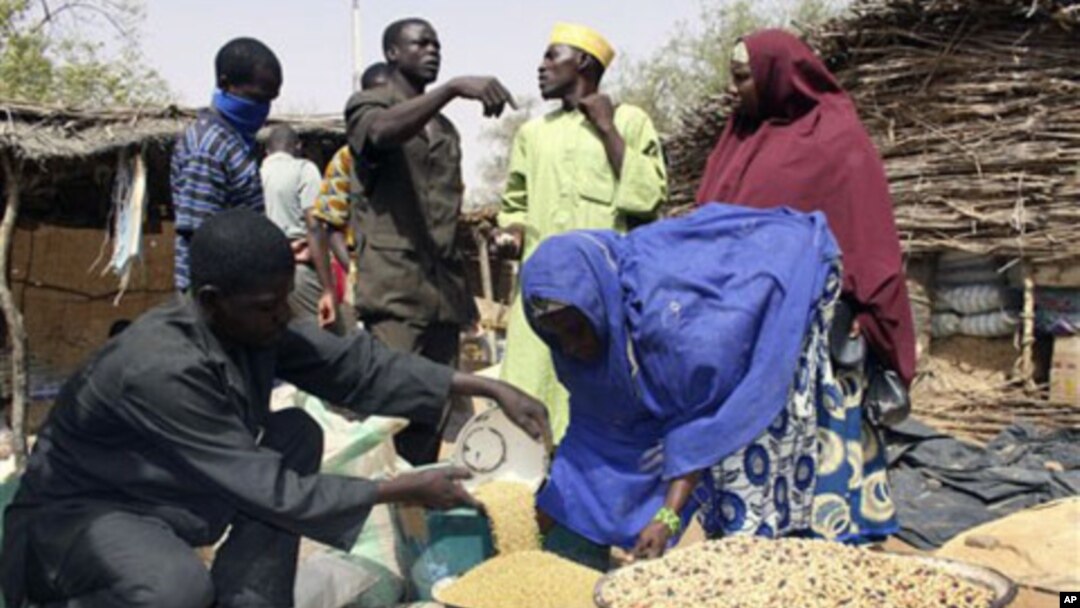Strong rains are boosting hopes for a good harvest in Niger, where nearly half the people do not have enough to eat. So why are relief officials already predicting that the food crisis will continue into next year?
The strength of the international community's response to this year's food crisis in Niger helped feed more than 220,000 children under the age of five. At an in-patient therapeutic feeding center in the central Zinder region, cases of acute malnutrition have dropped from nearly 400 two months ago to less than 250 today.
But the need is still great. While more than 85 percent of children recover fully, the death rate is still nearly 8 percent. Other mothers leave the program before the treatment is complete. With seven full-time doctors and 41 nurses, the center has helped save the lives of children from the Zinder commune as well as the surrounding areas of Mirriah and Magaria.
"Things are improving slightly, but it is still extremely sobering," said Valerie Amos, the United Nations Emergency Relief Coordinator and Undersecretary-general for Humanitarian Affairs. "This is a country where the development indicators are all very poor. Where you have population growth on a very large scale. I saw one woman today who had nine children. Four of them had died. There is huge amount of public education and awareness raising that needs to be done. It is a terrible thing to see children in that kind of situation."
Though acute malnutrition is on the decline, hunger in Niger is always a cycle. Even the best harvest will not last most families beyond February.
Despite good rains, many millet farmers are already deep in debt from last year's failed crops, so they will have less for themselves after paying off their loans.
In the village of Toumour, less than 60 kilometers from Chad, pastoralists who moved their cattle across the border lost nearly one-third of their herd to disease. Those who stayed behind lost as much as half their cattle. The U.N. says some isolated nomadic herders in northern enclaves lost everything.
While the U.N. Development Program has helped give pastoralists access to credit to rebuild their herds, Amos says more cattle and better rains alone can not solve Niger's structural malnutrition.
"It speaks to the structural issue," she noted. "You have very poor education indicators. You have a country that is quite complicated in the sense that you have people who are pastoralists. Some are nomadic. Some stay put. The country is vast with a small population. The infrastructure is poor. Agricultural development is not taking place at the kind of rate that it should. And it is also suffering the impact of climate change."
Relief officials say the response to this year's food crisis improved greatly after February's coup because military leaders were far more realistic about the challenges than the deposed government of Mamadou Tandja. As the country moves toward a new civilian government, Amos says what happens next is critical to Niger's long-term success.
"I hope that government will really look around and see what is happening to the people of Niger and put long-term, sustainable development at the top of its agenda," Amos said.
Voters in Niger decide whether to accept a new constitution later this month. If approved, it would lead to presidential elections in January, just as relief officials believe the next wave of hunger will begin.
Hunger Expected to Continue in Niger Despite Good Rains

A Nigerien vendor, left, measures out millet, which has doubled in price in the local market, for a client in the village of Tamou, 60 kilometers outside Niamey, Niger, (File)

